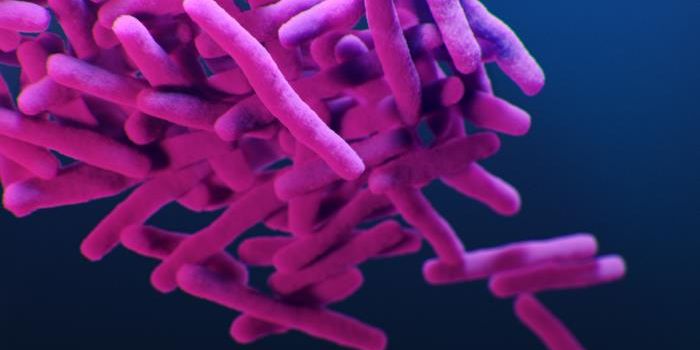Catching drug-resistant HIV mutants with next generation sequencing
Human immunodeficiency virus (HIV)-positive individuals are treated with antiretroviral therapies to reduce the amount of circulating virus, restore their immune functions and prevent disease transmission. There are around 30 different anti-HIV drugs currently available, with most antiretroviral regimens including a cocktail of 2 or more of these drugs.
In the best-case scenario, taking antiretroviral drugs daily typically sees patients reaching undetectable levels of virus within 3 to 6 months.
The virus, however, can get the upper hand with its ability to mutate and become completely immune to the virus-killing action of these therapeutics. HIV is a retrovirus and proliferates rapidly, replicating its genome with an enzyme called reverse transcriptase. This enzyme is known for its inability to correct errors made during the replication process, which results in an extremely high mutation rate.
This is of particular concern to the global community, with the WHO estimating that in 2018, 23.3 million people were routinely receiving antiretroviral treatment. Rapidly growing levels of resistance to antiviral drugs could significantly undermine the progress made in providing HIV-positive patients with life-saving medical interventions.
Recently, the U.S. Food and Drug Administration authorized the marketing of a new test to detect the presence of drug-resistant HIV. This testing platform makes use of powerful DNA sequencing technology, known as next-generation sequencing, or NGS.
Unlike early DNA sequencing methods, NGS is incredibly fast, sequencing an entire human genome with unparalleled precision, at a fraction of the cost and in just 24 hours.
Conventional methods of monitoring the efficacy of antiretroviral drugs involve keeping track of the amount of circulating virus in the patient’s bloodstream. A rising viral load, in spite of ongoing therapy, points to the occurrence of drug-resistant mutations and requires a change in regimen to suppress viral proliferation.
The director of the FDA’s Center for Biologics Evaluation and Research, Peter Marks, believes NGS technology can be leveraged for more personalized treatment plans.
“Today’s authorization can help health care providers better tailor drug treatment for patients who are beginning antiviral therapy and also for those who have developed resistance to HIV drugs by helping to identify mutations in the HIV-1 virus that can impact the effectiveness of certain drugs,” said Marks at a recent press conference.
The new screening platform, called the Sentosa SQ HIV Genotyping Assay, is a quick, reliable and fully automated system, boasting highly sensitive detection with minimal hands-on time. The technology was developed by Vela Diagnostics, with its global headquarters located in Singapore, and is a big leap forward in the company’s mission to be at the forefront of global molecular diagnostics.
Sources: World Health Organization, FDA, Vela Diagnostics.

![[Guide] 7 Strategies to Boost Laboratory Collaboration](https://d3bkbkx82g74b8.cloudfront.net/eyJidWNrZXQiOiJsYWJyb290cy1pbWFnZXMiLCJrZXkiOiJjb250ZW50X2FydGljbGVfcHJvZmlsZV9pbWFnZV83YzBjZWIwM2Y5YzI4MmFlYzBhZDZhMTcyNTQ1ZGU3YmE4Y2MzMDYyXzUxNDkuanBnIiwiZWRpdHMiOnsidG9Gb3JtYXQiOiJqcGciLCJyZXNpemUiOnsid2lkdGgiOjcwMCwiaGVpZ2h0IjozNTAsImZpdCI6ImNvdmVyIiwicG9zaXRpb24iOiJjZW50ZXIiLCJiYWNrZ3JvdW5kIjoiI2ZmZiJ9LCJmbGF0dGVuIjp7ImJhY2tncm91bmQiOiIjZmZmIn19fQ==)






